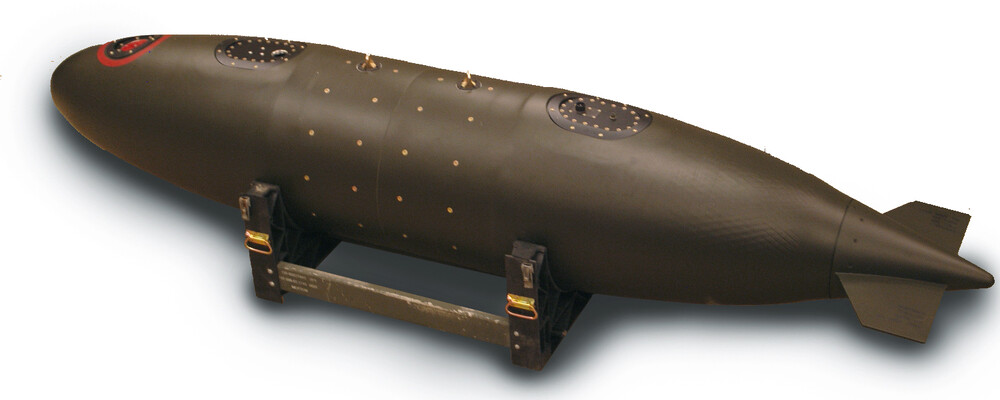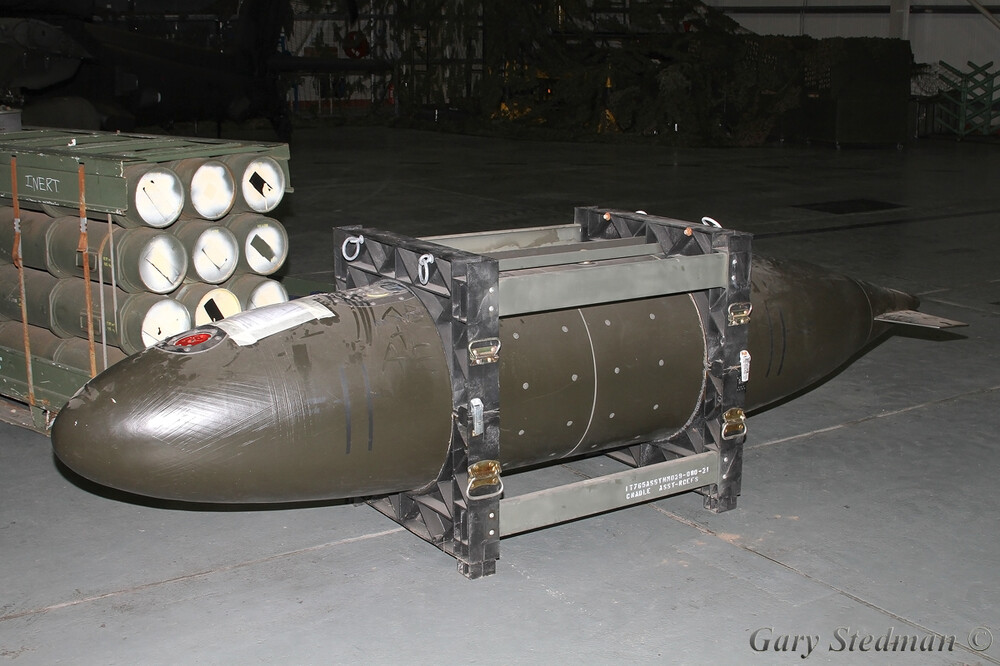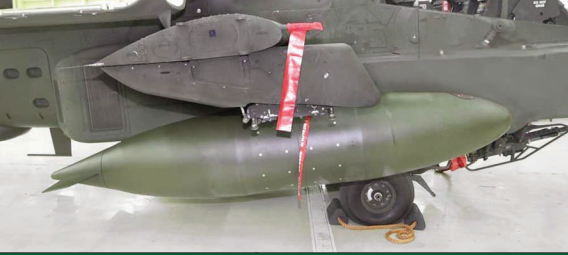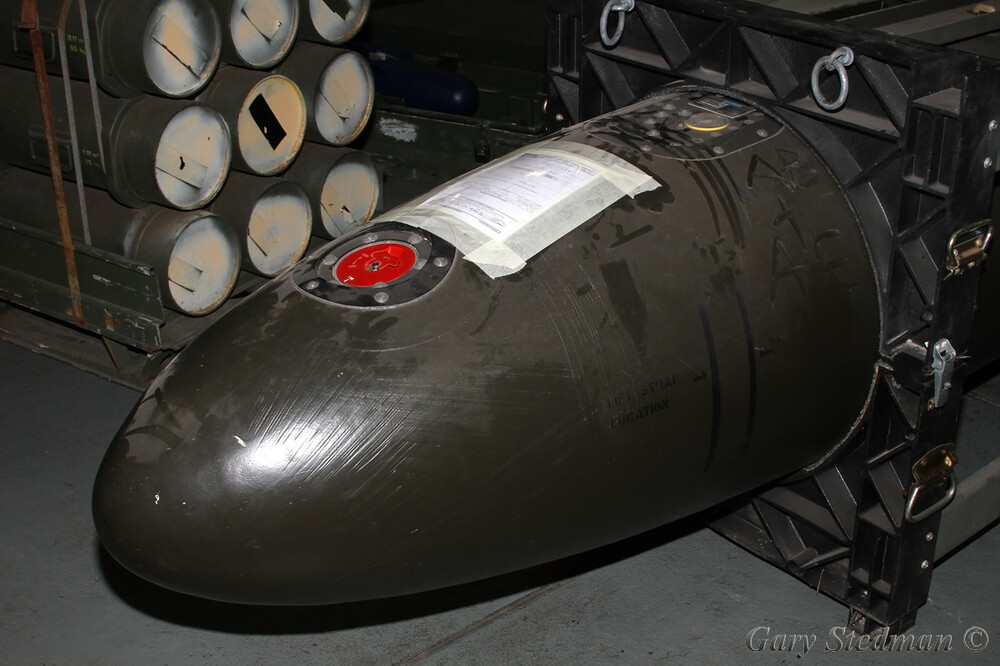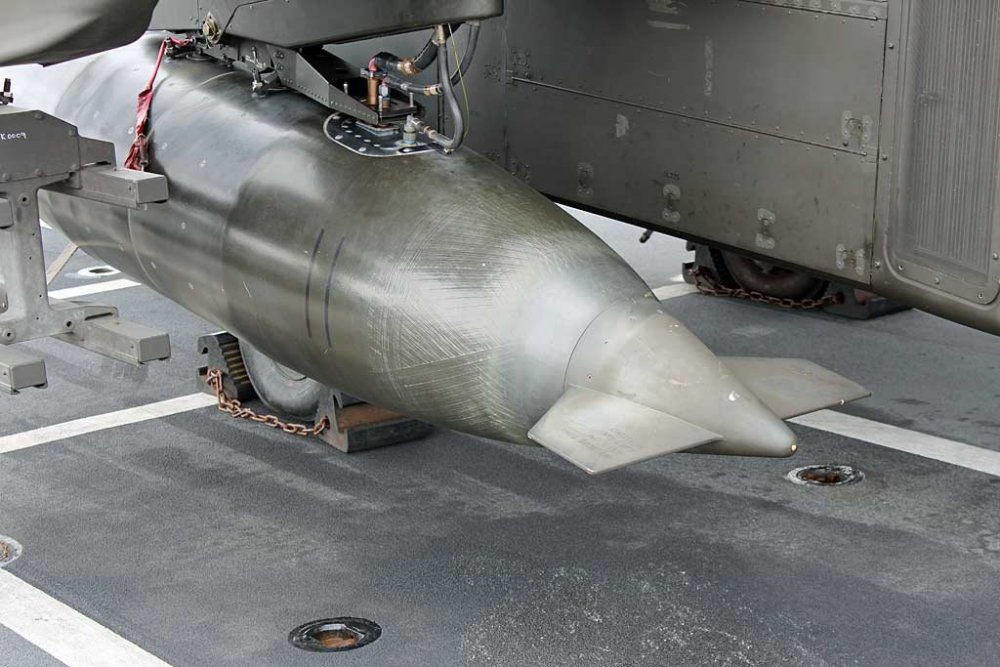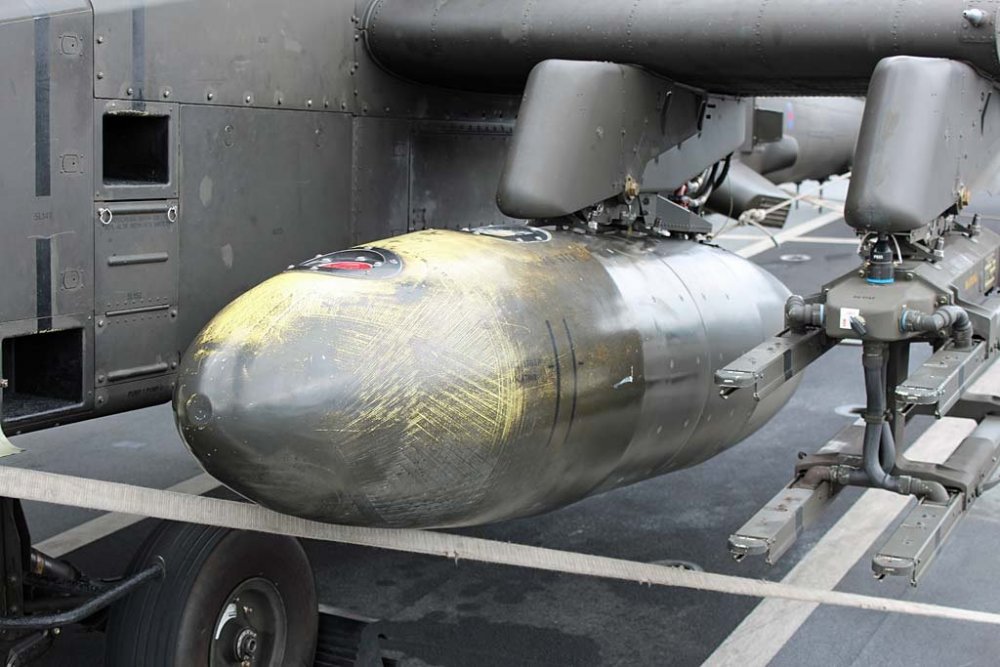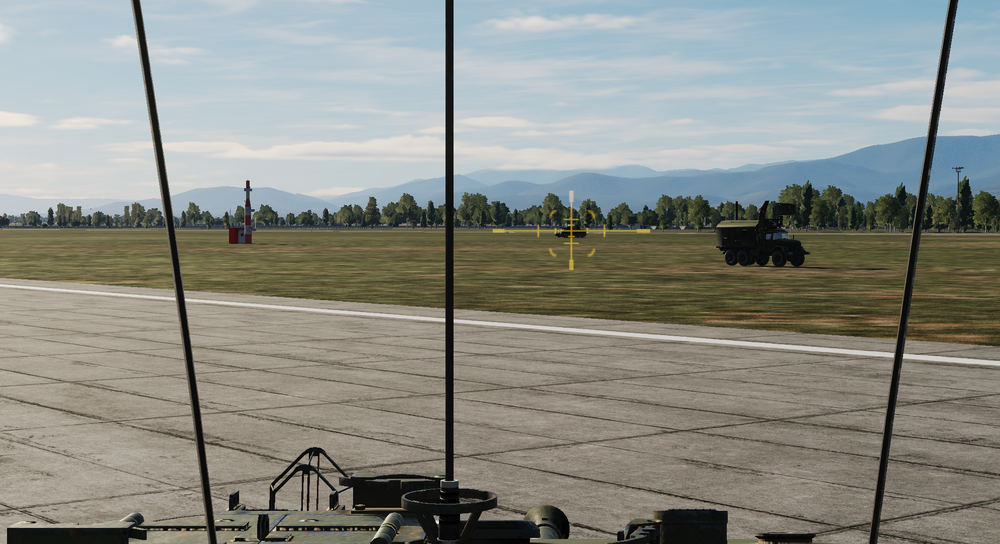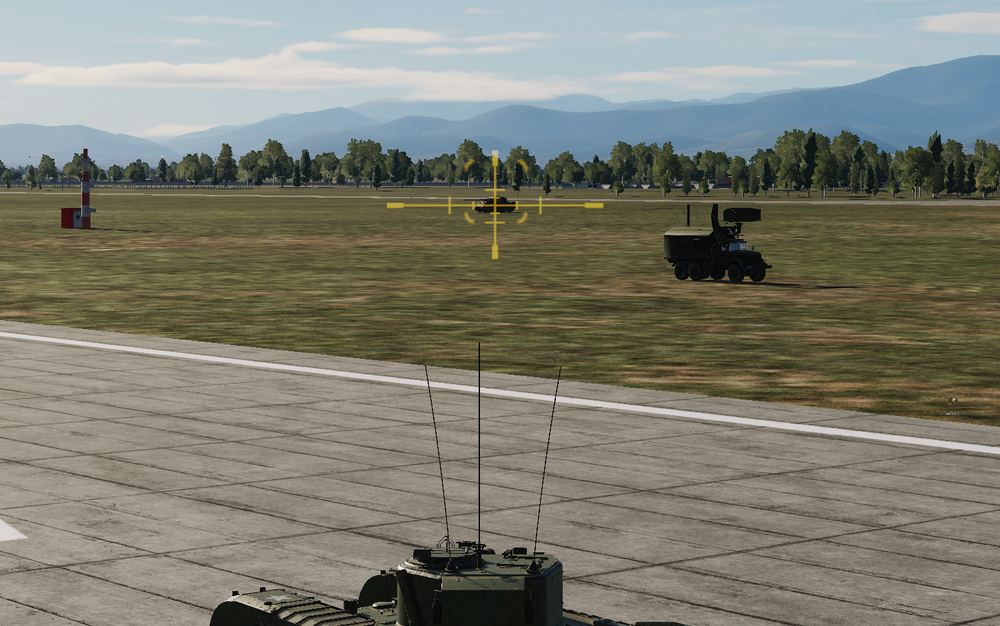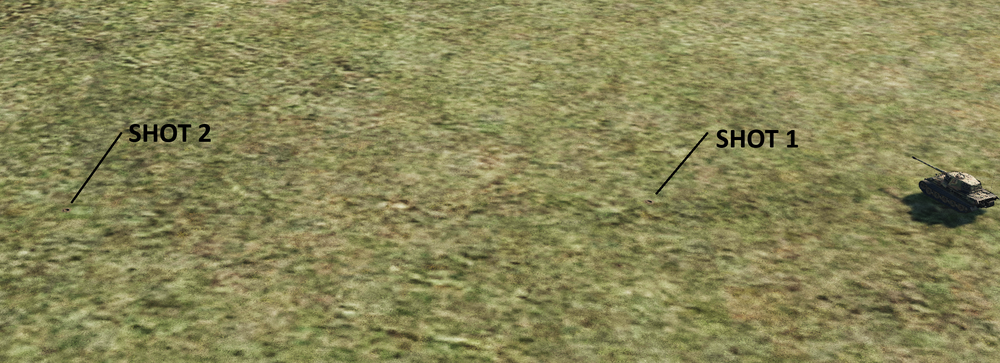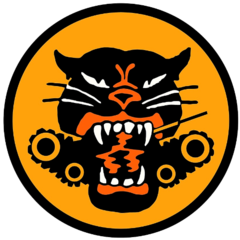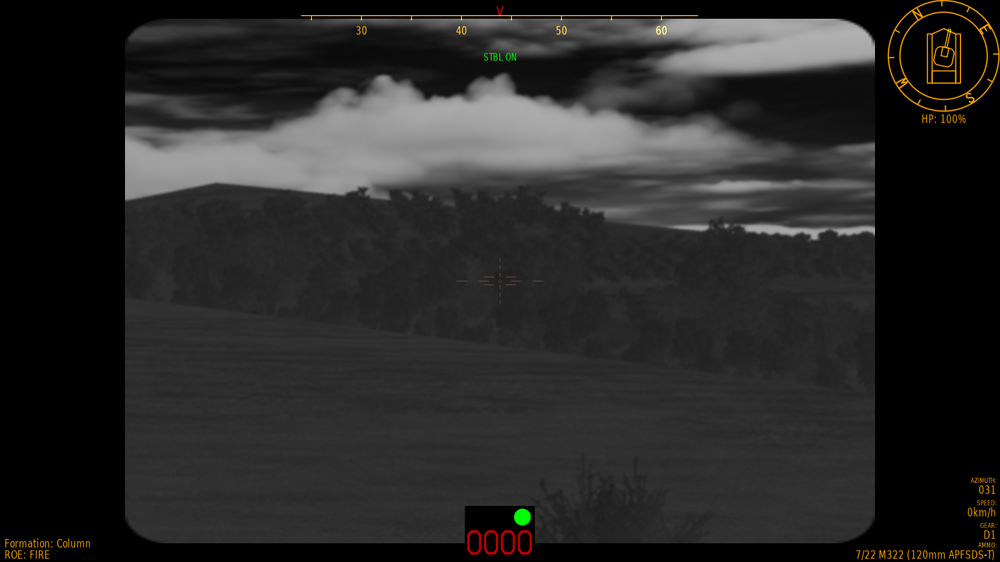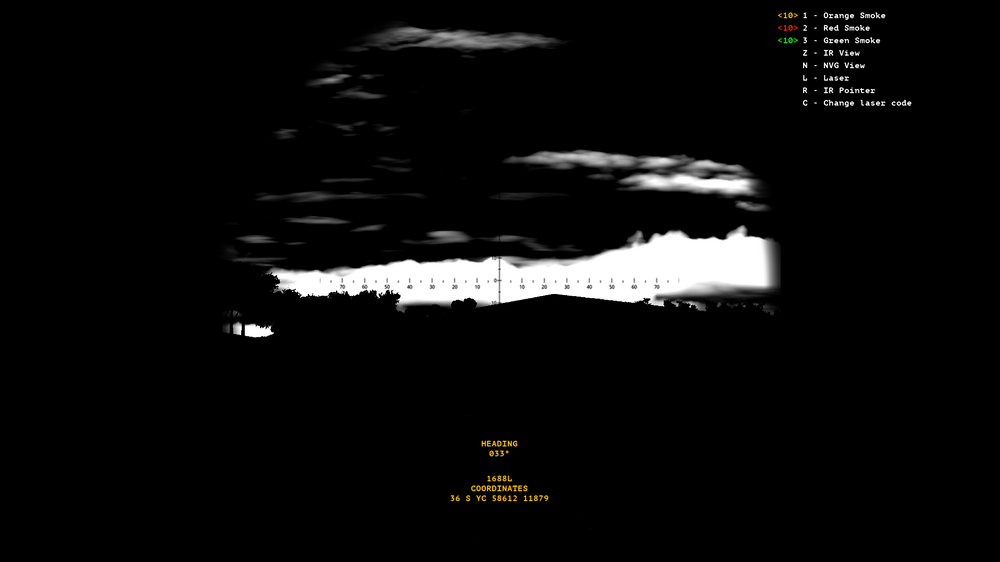Search the Community
Showing results for tags 'tank'.
-
Hi everyone, Very pleased with the new models that came with 2.7.1, it's great to see some new stuff (as well as a fairly comprehensive Leo 2 set). However, I've noticed some things that seem odd with the Mk.3; it actually seems to be a Chieftain Mk.7/L (which is a Mk.3 upgraded to Mk.5 standards, and then further upgraded as part of 'Totem Pole'): The tank in DCS has a laser rangefinder (which should be LF2 TLS (or 'Tank Laser Sight')), which AFAIK is the small optic to the left of the gunners sight (EDIT: nope, this is for MRS). Looking inside Cheiftain_mk3.lua inside CoreMods-> tech -> TechWeaponPack -> Database -> vehicles -> Tanks states on line 89: "GT.WS[ws].laser = true;" so the laser rangefinder is present. Provisions for the laser rangefinder weren't added until the Mk. 3/3 - the Mk.3 wouldn't have had it. This also coincides with the L21A1 ranging gun being deleted, and the installation of L11A5 with MRS (muzzle reference system, which I'm pretty sure coincides with the addition of TLS and the IFCS). L21A1 isn't present on the model, but the MRS system is - which makes sense if the tank is fitted with IFCS and LF2 TLS. The Chieftain Mk.3 would've had the L21A1 ranging machine gun (which isn't present on our tank) and would not've had L11A5 with MRS (which is present on our tank) and instead would've had the L11A3. The NBC pack is in line with the upgraded pack as fitted to the Mk.5 and subsequent tanks. The Mk.3's NBC pack is a lot different (I'm pretty sure a Mk. 3 without TLS or MRS, and with its initial NBC pack can be here (though from 41 seconds on, it switches to a later variant, with TLS, MRS and the upgraded NBC pack of the Mk.5 and onwards). In the encyclopaedia it gives an engine power of 760 hp; the Mk.3's L60 Mk 6A had 650 hp and the Mk. 7's L60 Mk 8A/9A/11A/12A all have 750 hp. The power is closer to the latter. In the Chieftain_mk3.lua it lists the AP ammunition as L23A1 APFSDS-T - the Mk.3 only had L15 APDS-T and various variants thereof. AFAIK, APFSDS projectiles came with the Chieftain Mk.5/4, starting in the mid 80s, by then the Mk. 3 had been upgraded to Mk. 7 and then once TLS was fitted (which ours has) to Mk. 7/L, which would've been compatible with L23A1 APFSDS-T. In conclusion, we have either a Mk.7/L, Mk.8/L or Mk.9/L. If the current tank is intended to be based on the Mk. 3, then that would make it a Mk.7/L
-
Hello, is it possible if someone could model the RCEFS (Reduced size Crashworthy Fuel System) on our apache, maybe use the current Legacy 230 gal tank and change its size to the smaller RCEFS. The RCEFS carries 122-125 gals of fuel compared to the old Legacy fuel tank which carried 230. here are images of the RCEFS. Would love to know if we can get it modelled.null
-
TL;DR first: The P-51 does not have it's fuel vapor line simulated in DCS. This could have a noticeable affect on how much fuel is recaptured into the fuel tank, as it could be as much as 10 gallons an hour. In close conjunction, the fuselage tank vent line (that the vapor return line feeds into) does not appear to be modeled, quite literally. Track: P-51 Fuel Vapor Return Check.trk I'm going to split this into two different parts. One for the fuel return line, and one for the fuselage tank vent. THE FUEL RETURN LINE: 1) THE ISSUE The DCS P-51 currently does not simulate fuel being returned to the fuel tanks from the carburetor. You can check this yourself by loading the P-51 with full fuel, and run on the left tank until it is empty. Then run and drain the fuselage tank next, followed by the right wing tank. You can check if any fuel was fed into the left or the fuselage tank by checking the gauges, and setting the fuel tank selector to either the left for auxillary tanks. You'll notice that no fuel will feed, the tanks are still empty. This is what's included in my track replay, linked above. 2) THE INFORMATION The fuel vapor return passes excess fuel from the carbureator back to a fuel tank. It is widely touted that this excess fuel was routed back to the left wing tank. However, starting halfway through P-51D-15 production, this line was redirected to instead feed into the fuselage tank behind the pilot, using the same opening as the fuselage tank vent line. Photos: The following two photos were taken from the Pilot Training Manual, AAF Manual 51-127-5, dated 15 August 1945, from page 20 and 22 respectively: Now here we have a maintenance manual (AN 01-60JE-2, 13-Feb-1948 Section IV, Para 14-15) stating the same thing, with some more detail. In addition, a representative drawing showing the placement and path of the fuel lines: Now, how is this dated to the P-51D-15? If you look at the schematics for the Mustang, you'll see assemblies for building the pipes to link the carbureator to the fuselage tank. Here you'll see this fuel vapor return line, returning fuel to the fuselage cell vent. On the bottom left, it reads used on P-51D Airplanes AAF 44-15253 & Subs[equent] also on AAF 44-11953 and Subs[equent]. The P-51D serial number is a D-15 airplane, halfway through their production run. So it's clear that when referring to the Californian Mustangs, it's specifically pointing out the middle of the P-51D-15 variants, when the vapor line change was implemented. However in this source, it seems that some Dallas-built Mustangs serial numbers are excluded or missed. I think we can assume though that the change occured similarly as in Cali, on the D-15s. 3) THE FIX At a rate at 10 gallons per hour or less, fuel should be fed back into the fuselage tank. For simplicity sake, it could be a generalized 7 gallons per hour, as DCS pilots will constantly change their engine settings between economic settings and military power, or even WEP. THE FUSELAGE TANK VENT LINE: 1) THE ISSUE In DCS, this fuel vent line is not in the 3D model at all 2) THE INFORMATION This was a tube that vented the fuselage tank, and gave air a place to enter the tank to stabilize the pressure as fuel was consumed. Additionally, with the fuel vapor return tube directly connected to it at the point that the joint where the vent tube met the tank, this would be the pathway that excess fuel would be leaked overboard and outside the aircraft, in the event the fuselage tank is full. Schematic drawings: Exerpts from the E&M Manual: 3) THE FIX The vent line isn't even represented visually in the cockpit, but it's in a very hard to see location so it's not that pressing. However, it is also not even seen from the outside, specifically the outlet port, that was located at the bottom of the USAAF insignia on the right side. It is an external identifying mark of Mustangs with the fuselage tank installed. And in addition, it is also where fuel will vent outside the aircraft, in the event the fuselage tank is already full, and getting fed by the fuel return line from the carburator.
-
I probably don't need to remind you, but it's also one of the basic options for Chinnok with external container. https://www.nationalguard.mil/News/Article-View/Article/2183107/ny-army-guard-helicopter-crews-conduct-water-bucket-training/
-
So it seems when aiming in 3rd person the reticule is broken by being zoomed either in or out, in that the point you think you are aiming at is not correct. The further out you are zoomed the more short you will hit when you fire, see images for examples This is the first shot, taken when zoomed in as far as possible And here is the second shot, taken fully zoomed out aiming at the same point: Here are the two impacts: This seems to be consistent behaviour on every vehicle I've tried, and is much much more pronounced at short range (basically the closer you get the harder it is to aim) which is especially frustrating as at short range is when the standard first person sight is the least practical Another way to see this issue Jump in a tank and pick a nearby target (closer is better, to make it super obvious pick something maybe 20-30 feet away), pick a point that is easy to distinguish, go into 3rd person fully zoomed and place your reticule on that point, then zoom out taking care to not actually move your mouse, you will notice that the gun of the tank does not move but the reticule moves to suggest you are aiming elsewhere Here is the track from when i generated these images: CA_AIM.trk
- 1 reply
-
- 4
-

-
- tank
- 3rd person
-
(and 1 more)
Tagged with:
-
What it currently looks like in a vehicle. No amount of tweaking can make this look like anything decent or even remotely resembling a modern-day MBT's thermal imaging package. And what's up with our binoculars now? There was a very brief period where we had decent thermals for vehicles but that time has long passed. We've been stuck with this for ages! It's awful and un-usable!

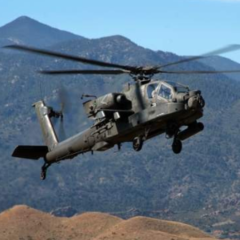
.thumb.png.86d20fc325b008d153686eb8888c0002.png)
